Recommended route
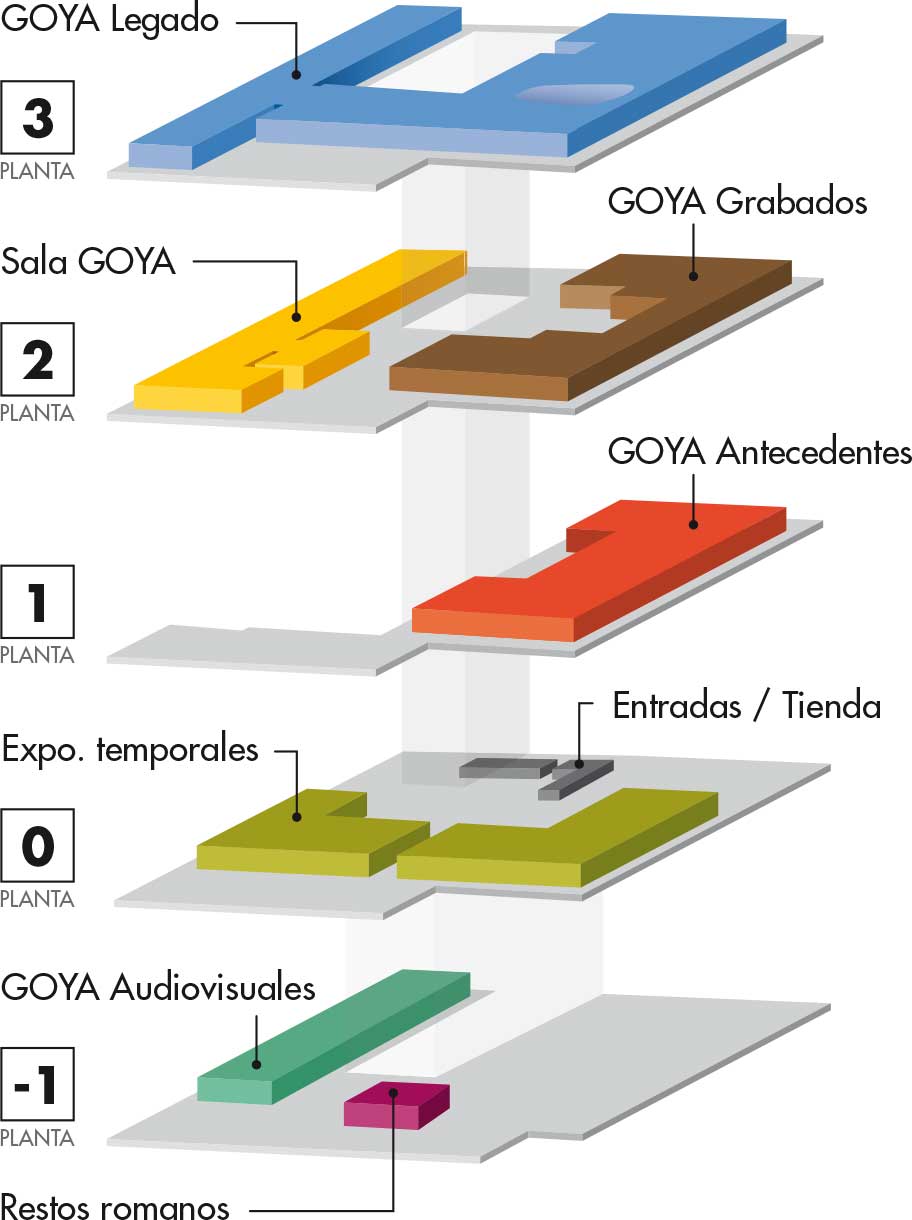
The work of Aragonese painter Francisco de Goya is the fundamental core that structures the expository discourse of the museum.
In addition to 14 paintings, a drawing and the complete series of Goya’s etchings, it represents the painting of Goya’s time with works by some of the most significant painters who lived and found success in it and influenced him or were his rivals in the artistic atmosphere of the Spanish Court or the Royal Academy of Fine Arts of San Fernando, from Giaquinto and Mengs to his brother-in-law and teacher Francisco Bayeu.
Floor-1: GOYA Audiovisuals / Roman remains
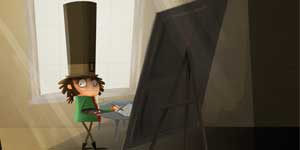
Two programmes introduce us to the work of Francisco de Goya. The painter’s way of ‘looking’ at his surroundings, sometimes reflected in his self-portraits, is the guiding thread of the main audiovisual. The audiovisual for children adapts these perspectives by using mixed 2D and 3D animation techniques.
Zaragoza, the only city in the Roman world bearing the name of its founder (Caesar Augustus), was founded in 14 BC. The discovered remains refer to a rectangular structure, with support for internal columns that are associated with a basilica-like open space.
First floor: Goya’s Background
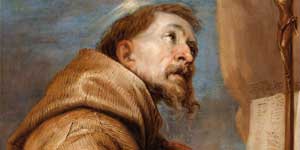
This floor gives a special role to Spanish Baroque religious painting full of devotion and emotion, with works representative of Naturalism (Leonardo, Castillo, Llanos Valdés) and in full decorative Baroque (Cano, Escalante, Carreño, Moreno). Portraits and other genres are also represented well.
The last room shows canvases by Aragonese painters in full decorative Baroque (Aybar, Berdusan, Rabiella) made with skilled brushwork that were benchmark works for Goya in his youth.
Second floor: Goya Hall
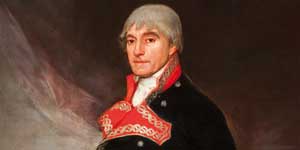
The fundamental centre of interest of the museum is the figure of Goya. The main room shows a magnificent collection of religious paintings (The Glory), portraits (Self-Portrait, Félix de Azara) and other scenes (sketch of The Second of May 1808 or The Charge of the Mamelukes and Masked Dancers Under an Arch) in which the evolution of his painting can be seen from his youth in Zaragoza until the culmination of his career as a court painter in Madrid. Other rooms show works by leading artists of his youth (José Luzán, Francisco Bayeu, Corrado Giaquinto, Anton Rafael Mengs), by his two important brothers-in-law (Francisco and Ramón Bayeu y Subías) and by other prominent Spanish painters of the era.
Second floor: Goya’s Etchings
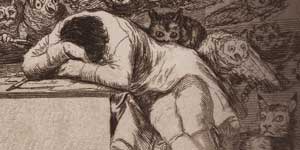
Together with Dürer and Rembrant, Goya is a key figure in the art of engraving. Goya expressed his graphic production in various collections: Caprichos, The Disasters of War, Tauromaquia and Disparates or Proverbs. Each was a milestone in a graphic investigation and creation process developed by Goya that would culminate in the lithographs of The Bulls of Bordeaux, demonstrating his capacity for lifelong learning and his sense of modernity.
The Goya Museum–Ibercaja Collection is the only museum in the world that maintains the complete series of Goya’s etchings in its permanent collection.
Third floor: Goya’s Legacy
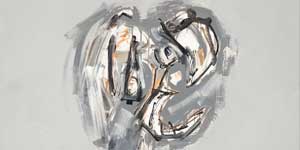
The third floor begins with Goya’s followers and imitators and 19th-century Spanish artists who felt the powerful influence of Goya’s painting. These are followed by a selection of 19th-century Spanish landscape paintings. The major Aragonese painters (Unceta, Pradilla, Barbasán) and the three great Aragonese sculptors of the 20th century (Pablo Gargallo, Honorio García Condoy, Pablo Serrano) receive prominent treatment for the national and international sigificance of their art.
The painters of the Madrid school, the Zaragozans who began abstract painting in Spain (Santiago Lagunas, Fermín Aguayo and Eloy Laguardia) and other outstanding Aragonese painters who participated in the triumph of abstraction (Saura, Viola, Victoria) and who are top figures of contemporary European painting, close the discourse aimed at reflecting Goya’s permanent presence in later art.


